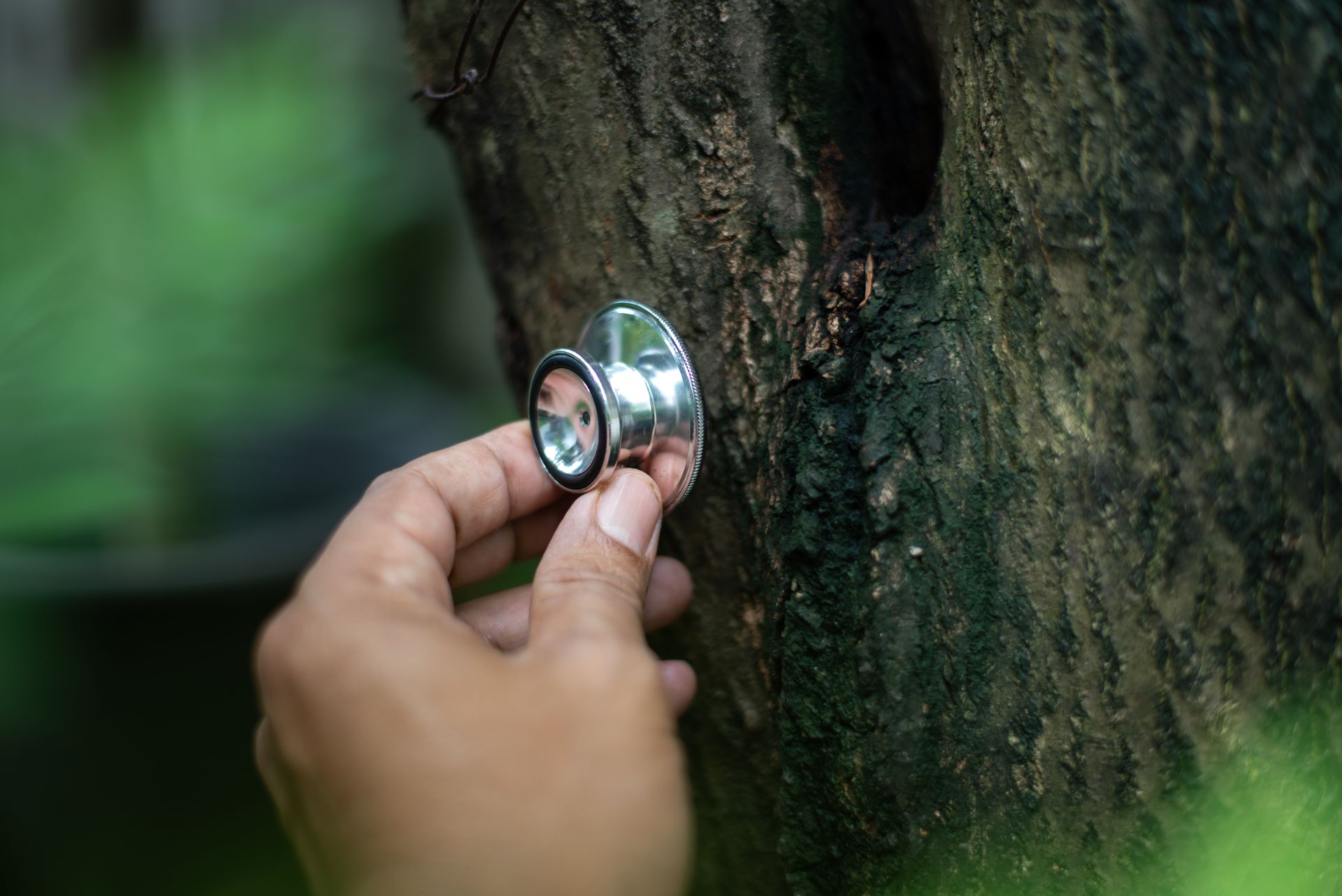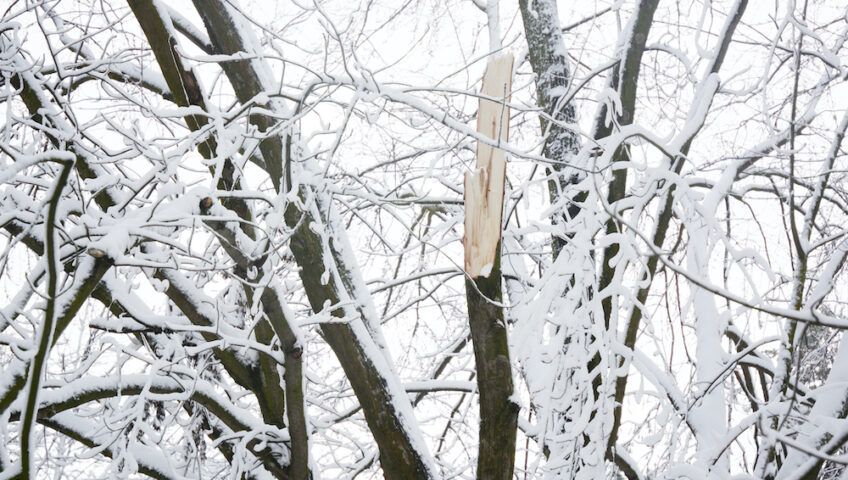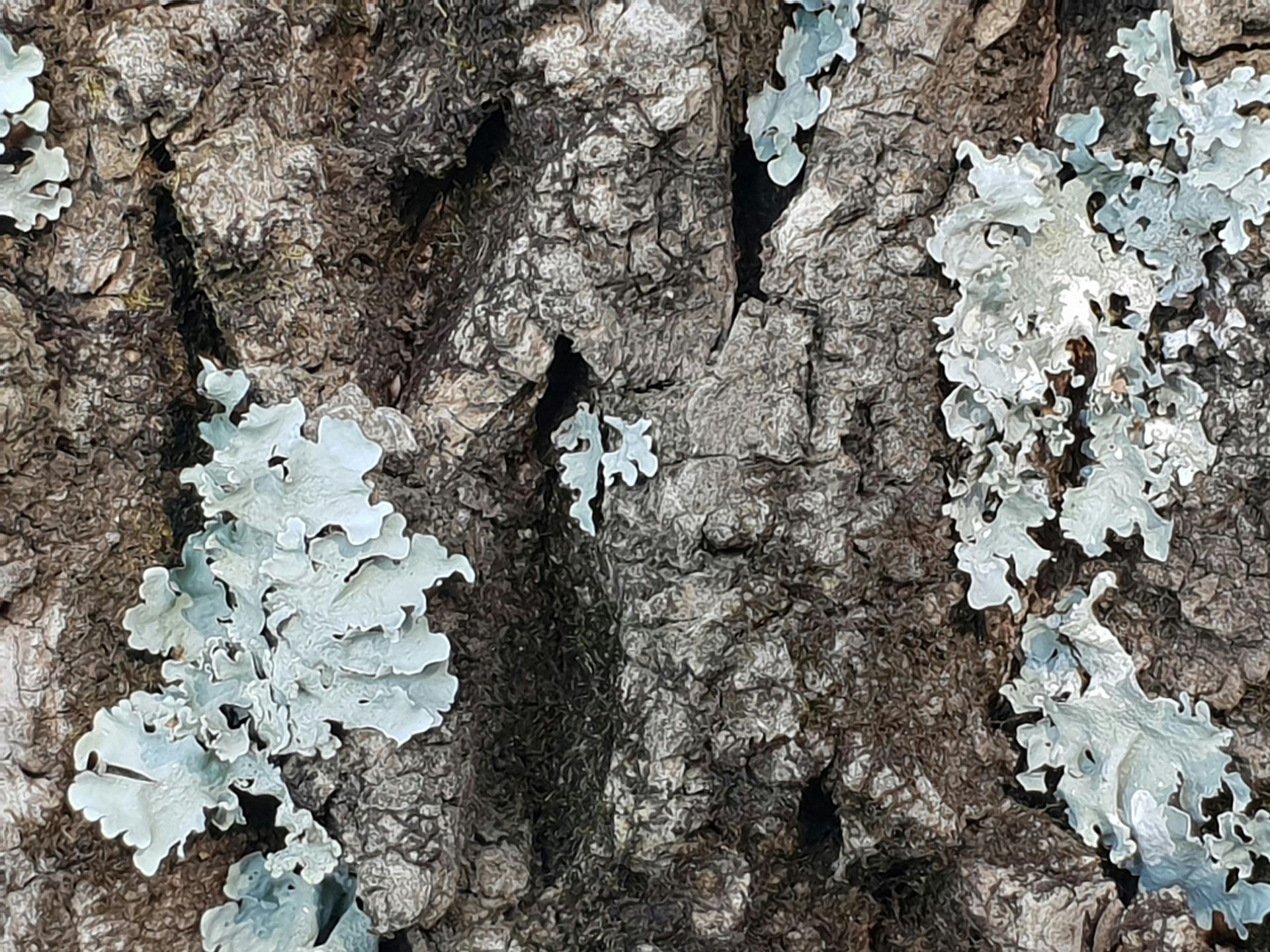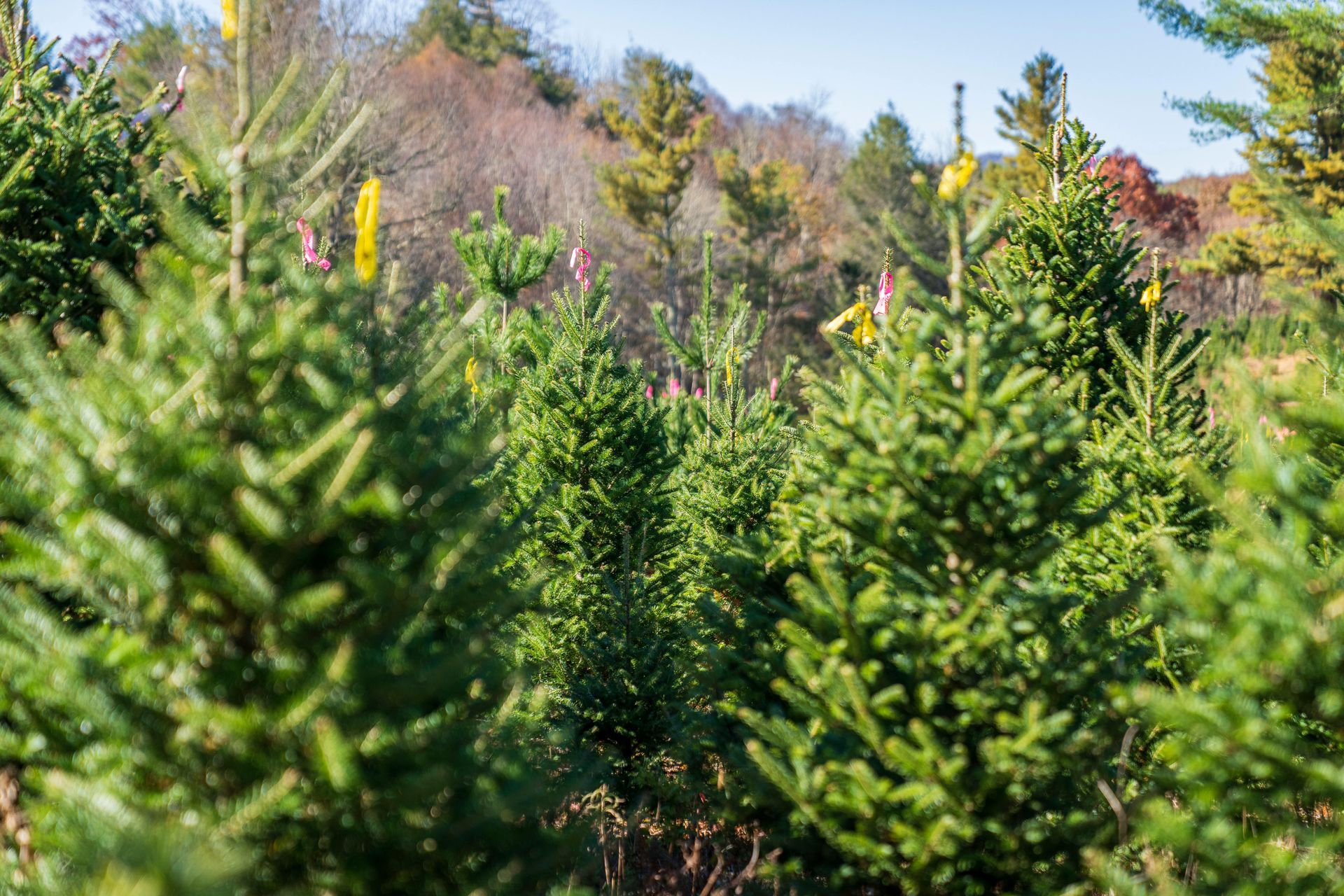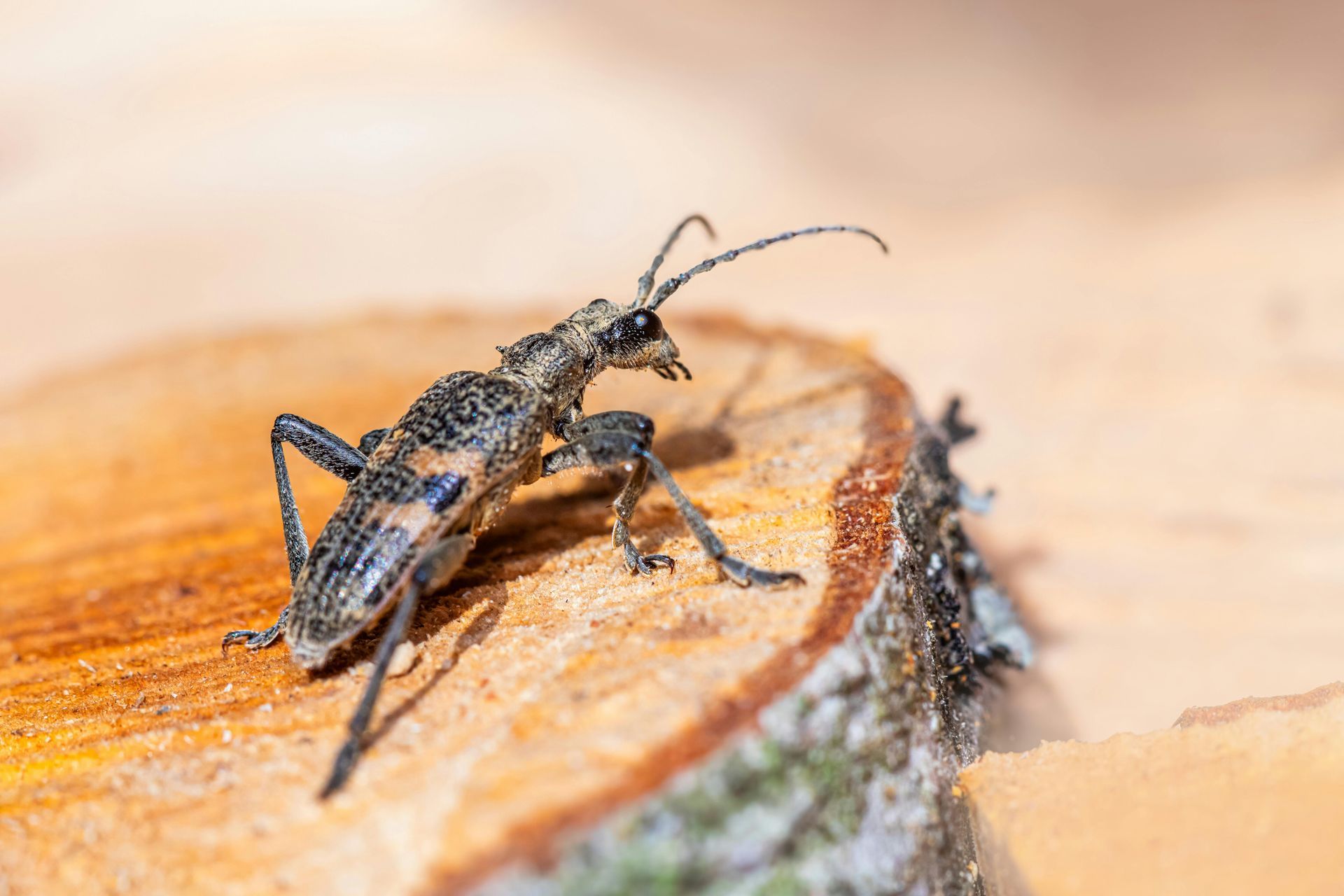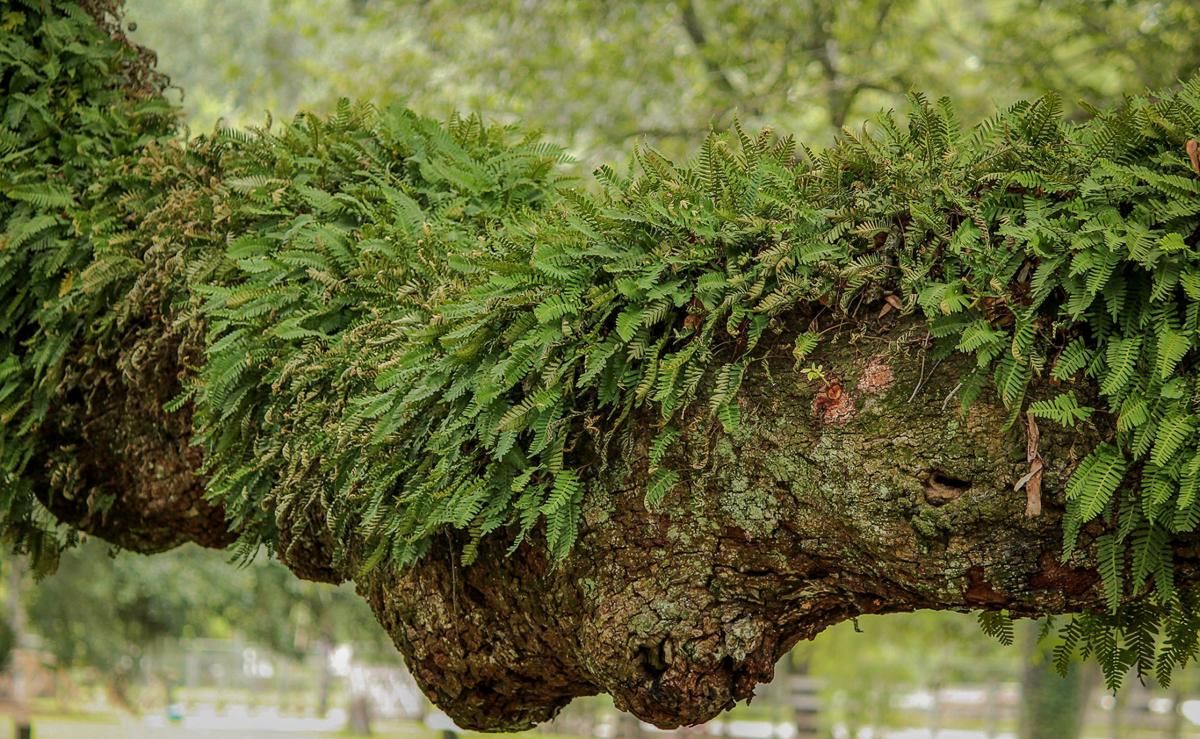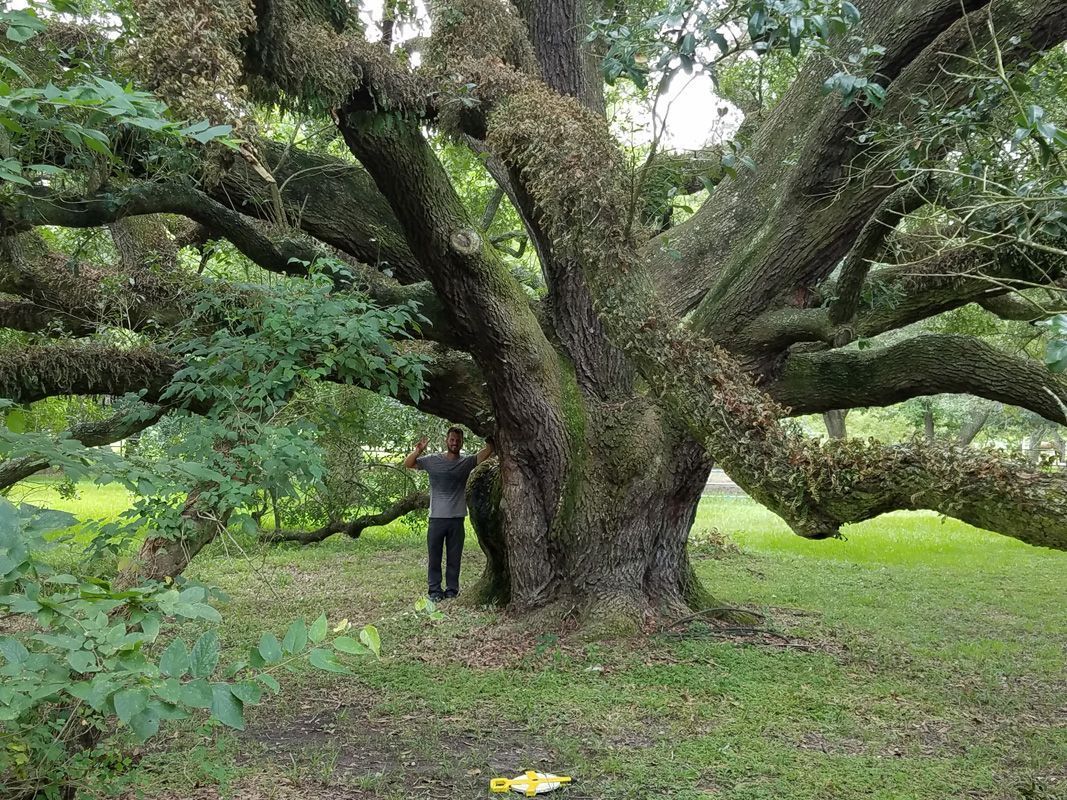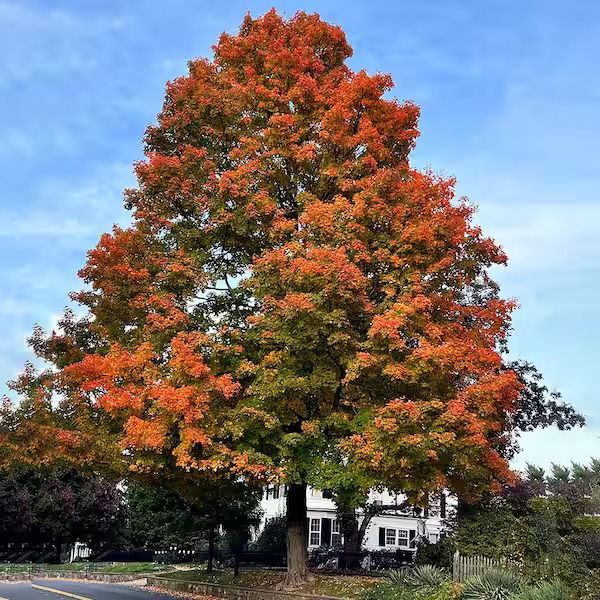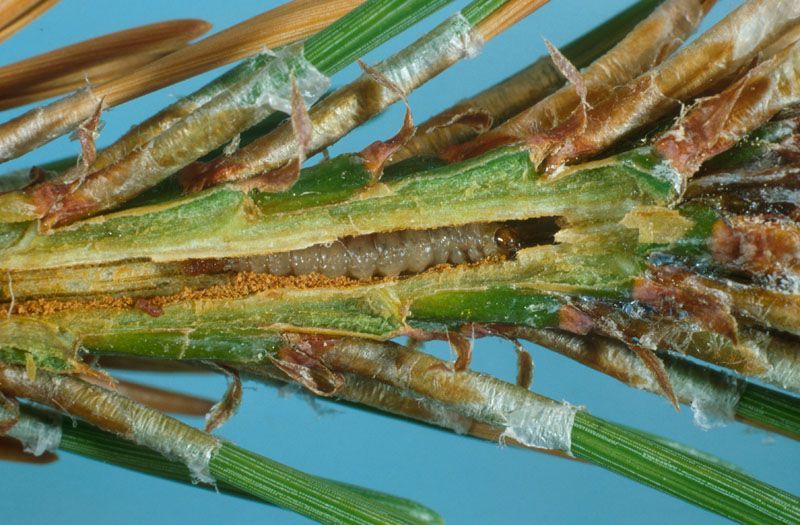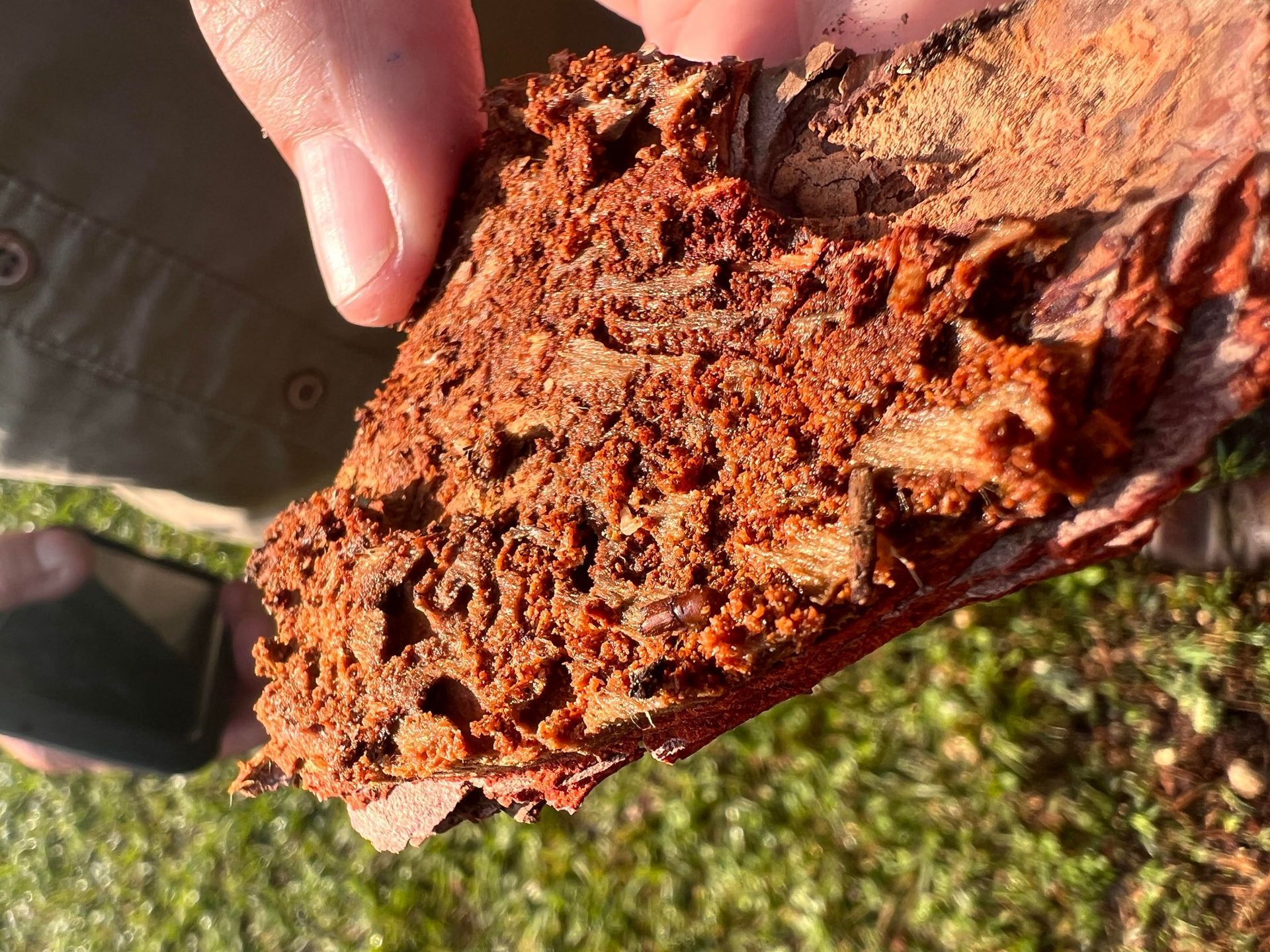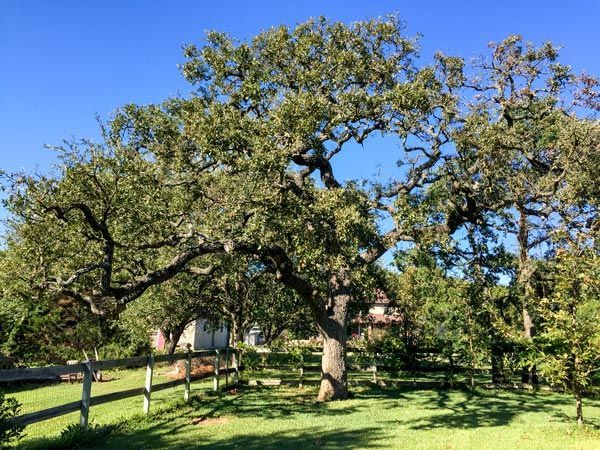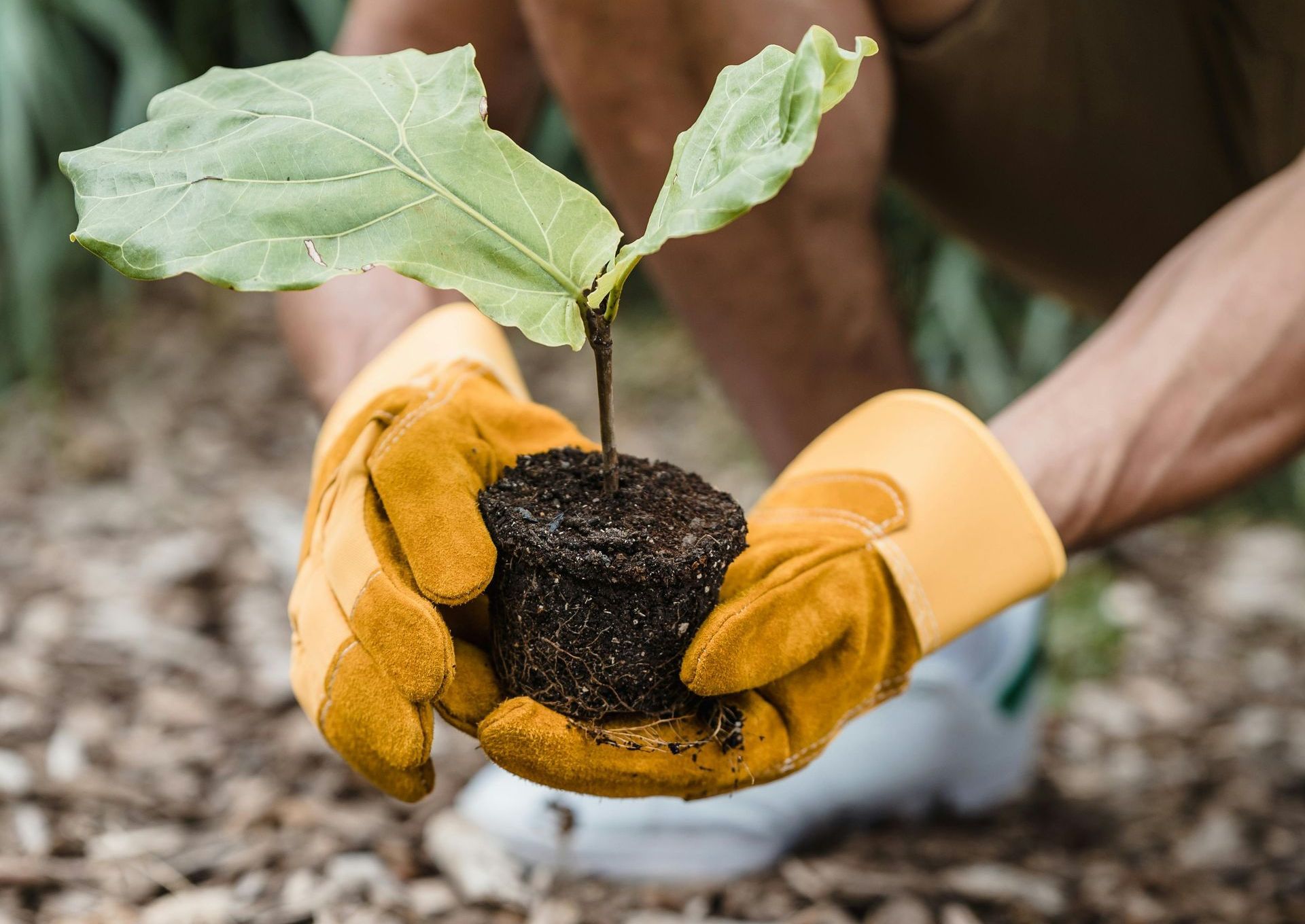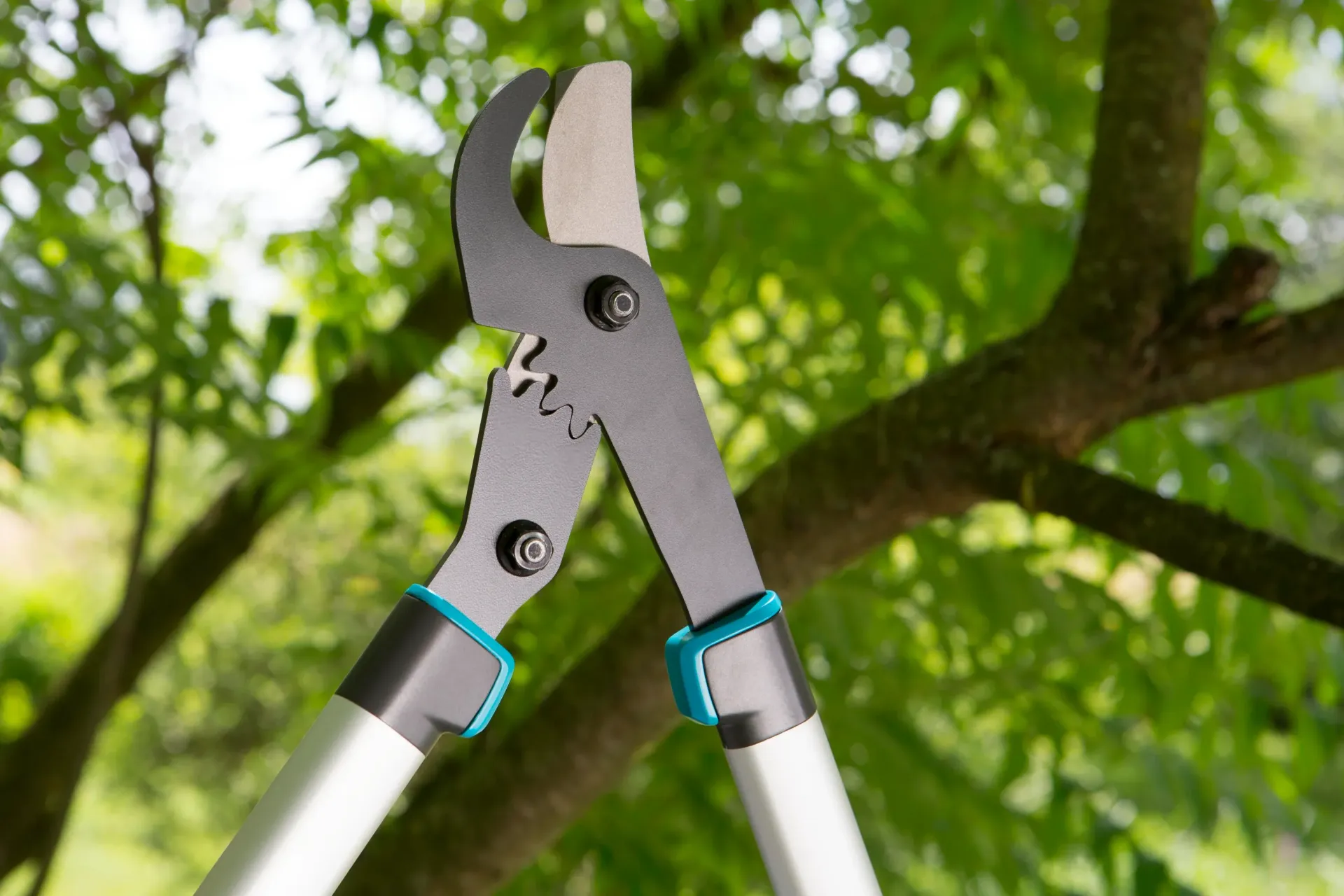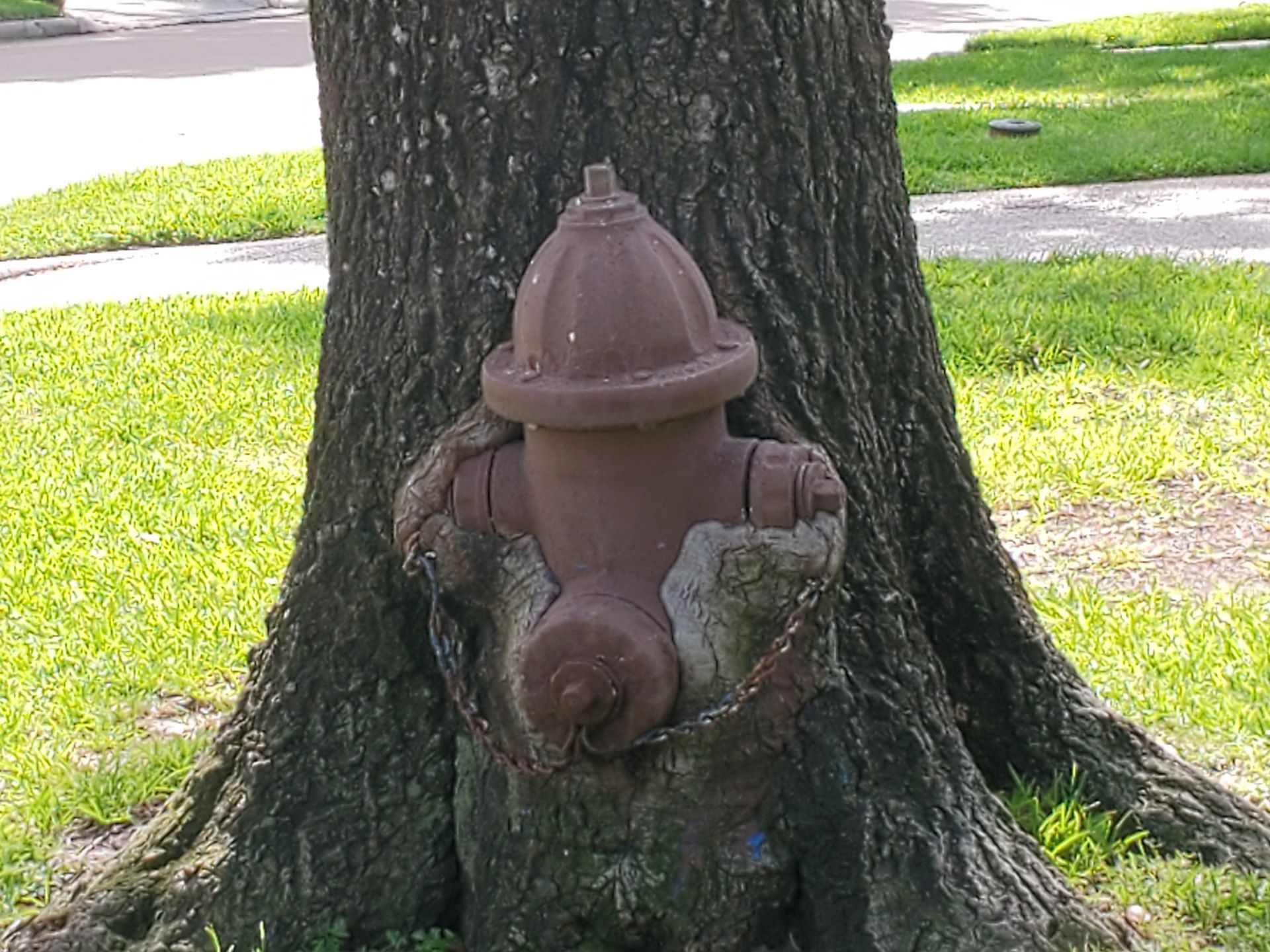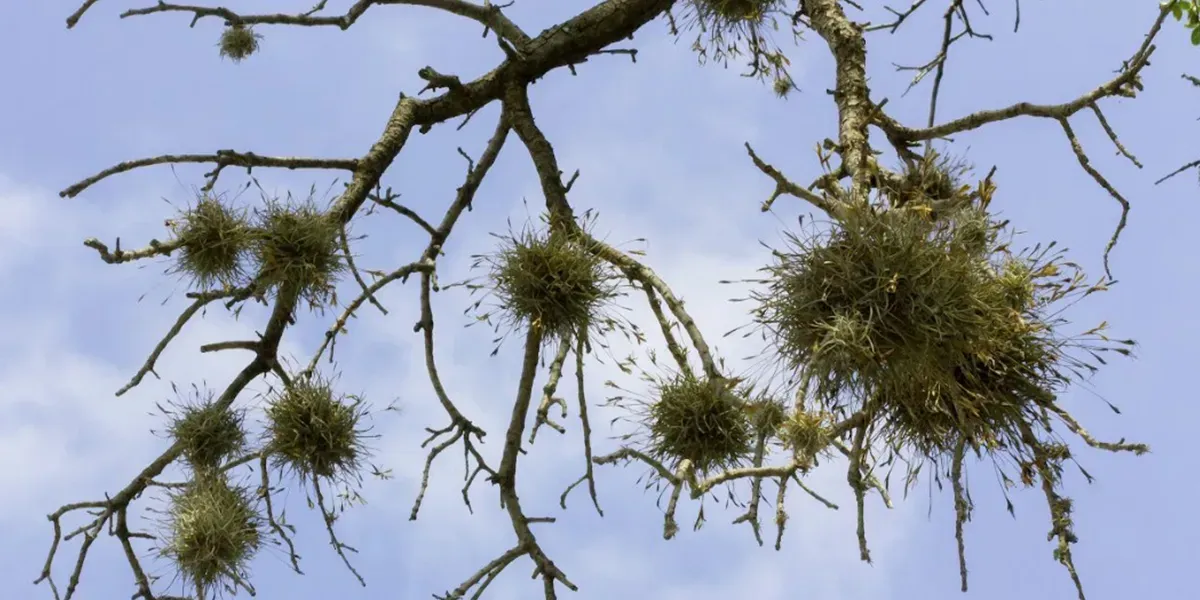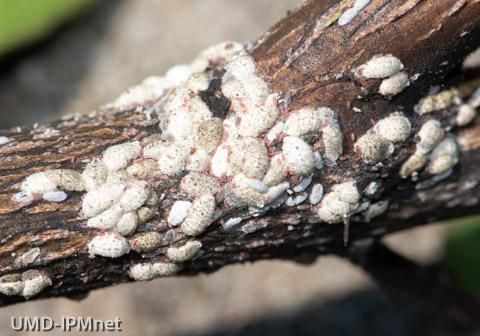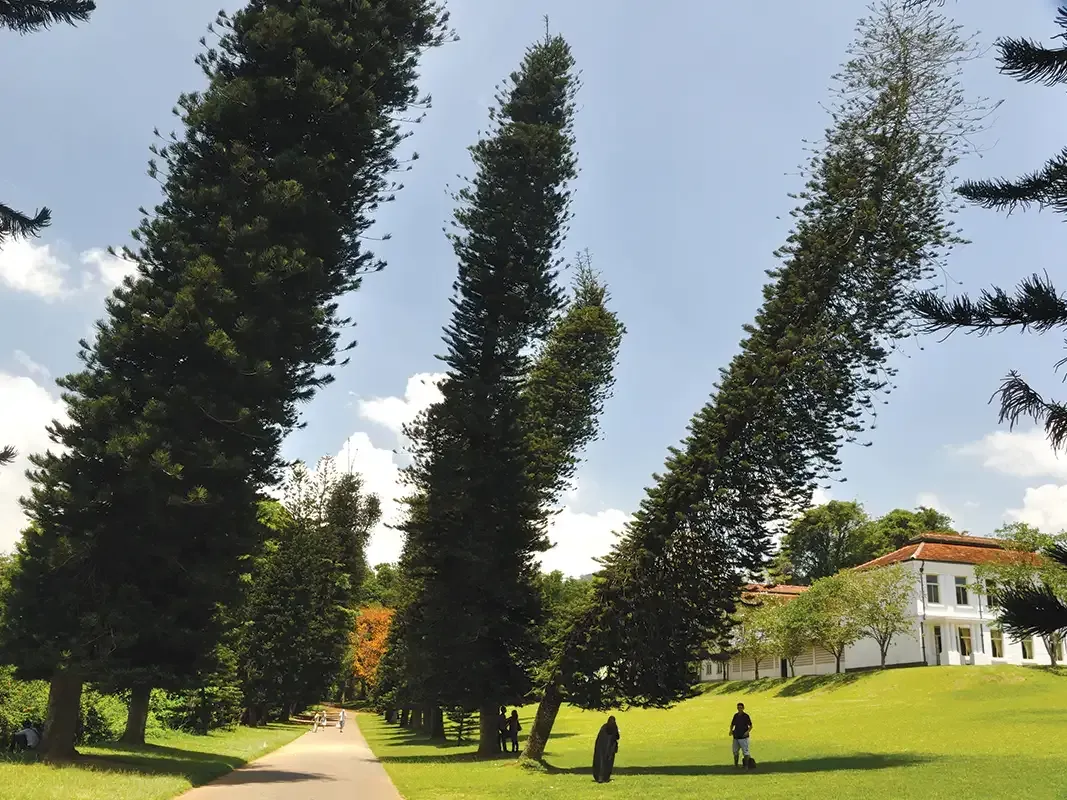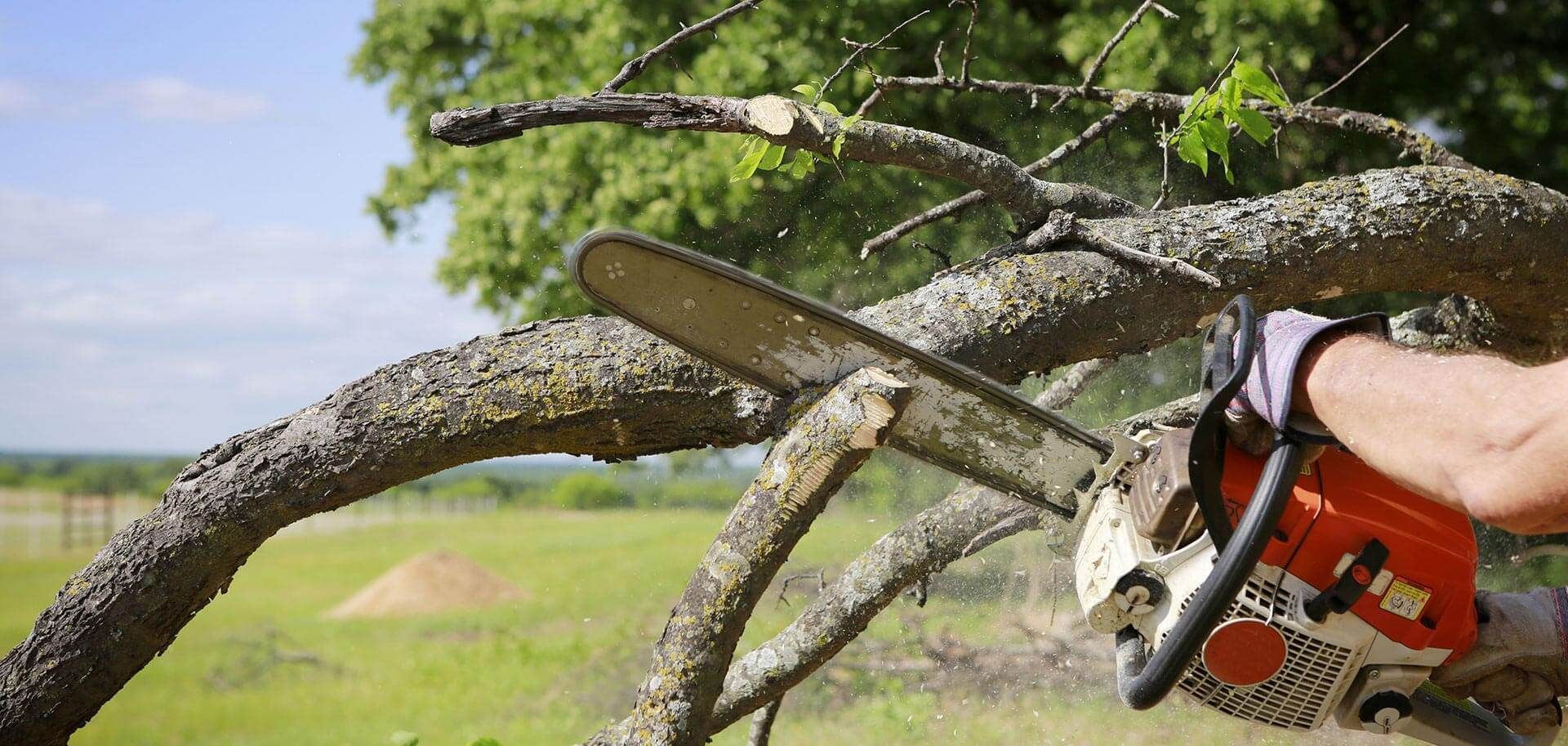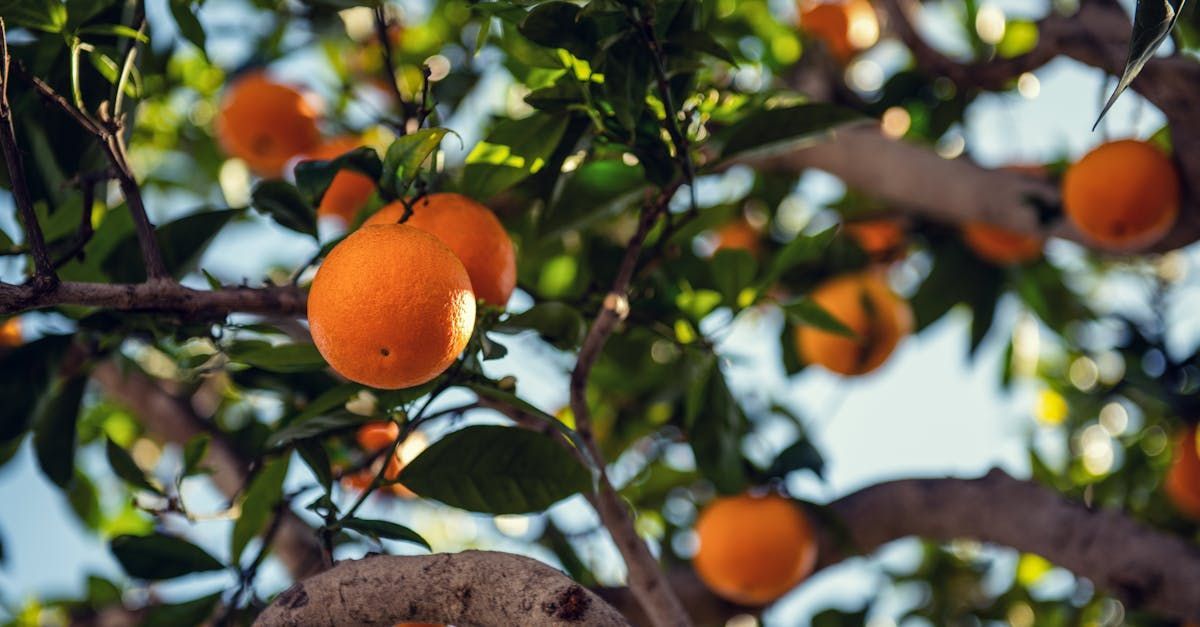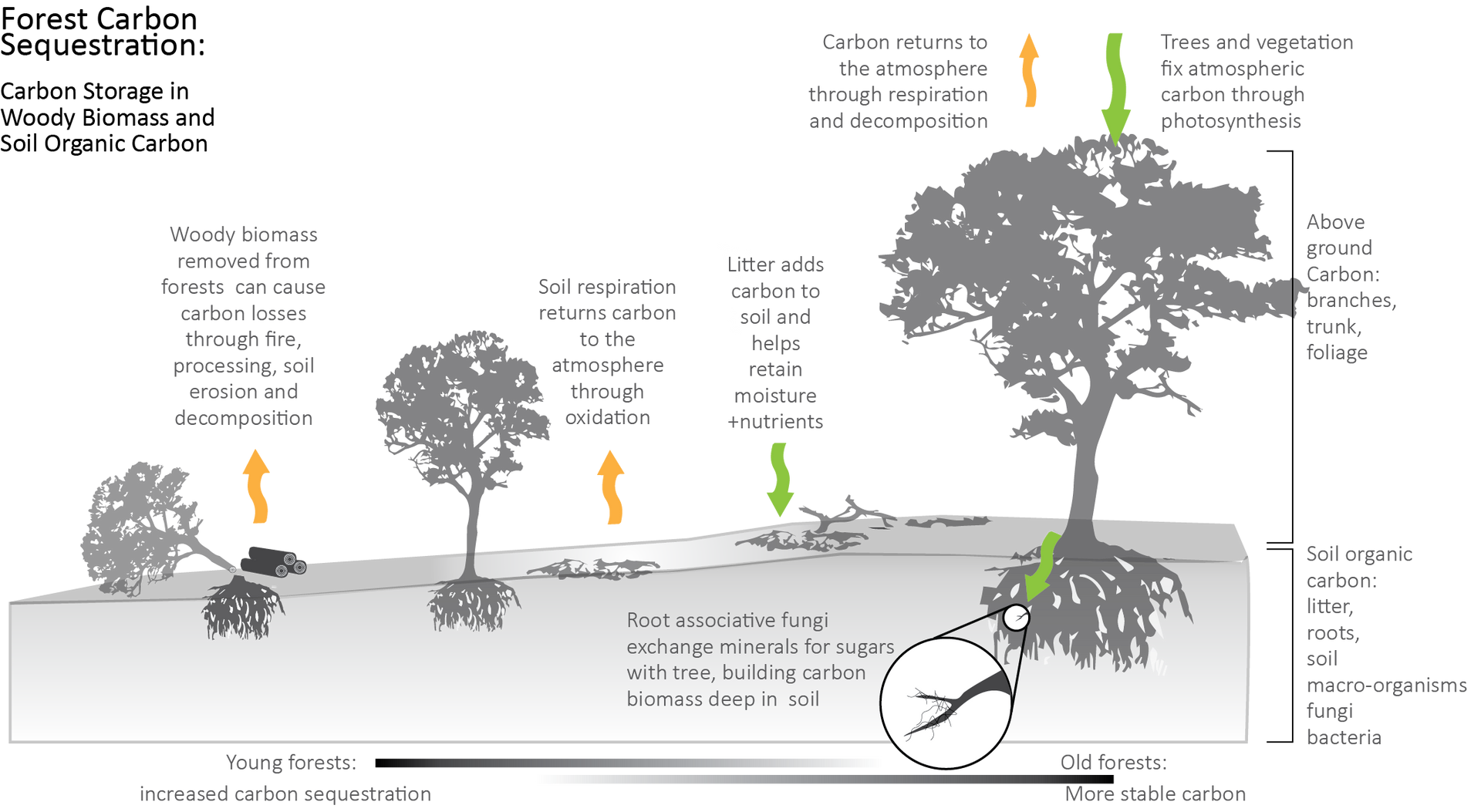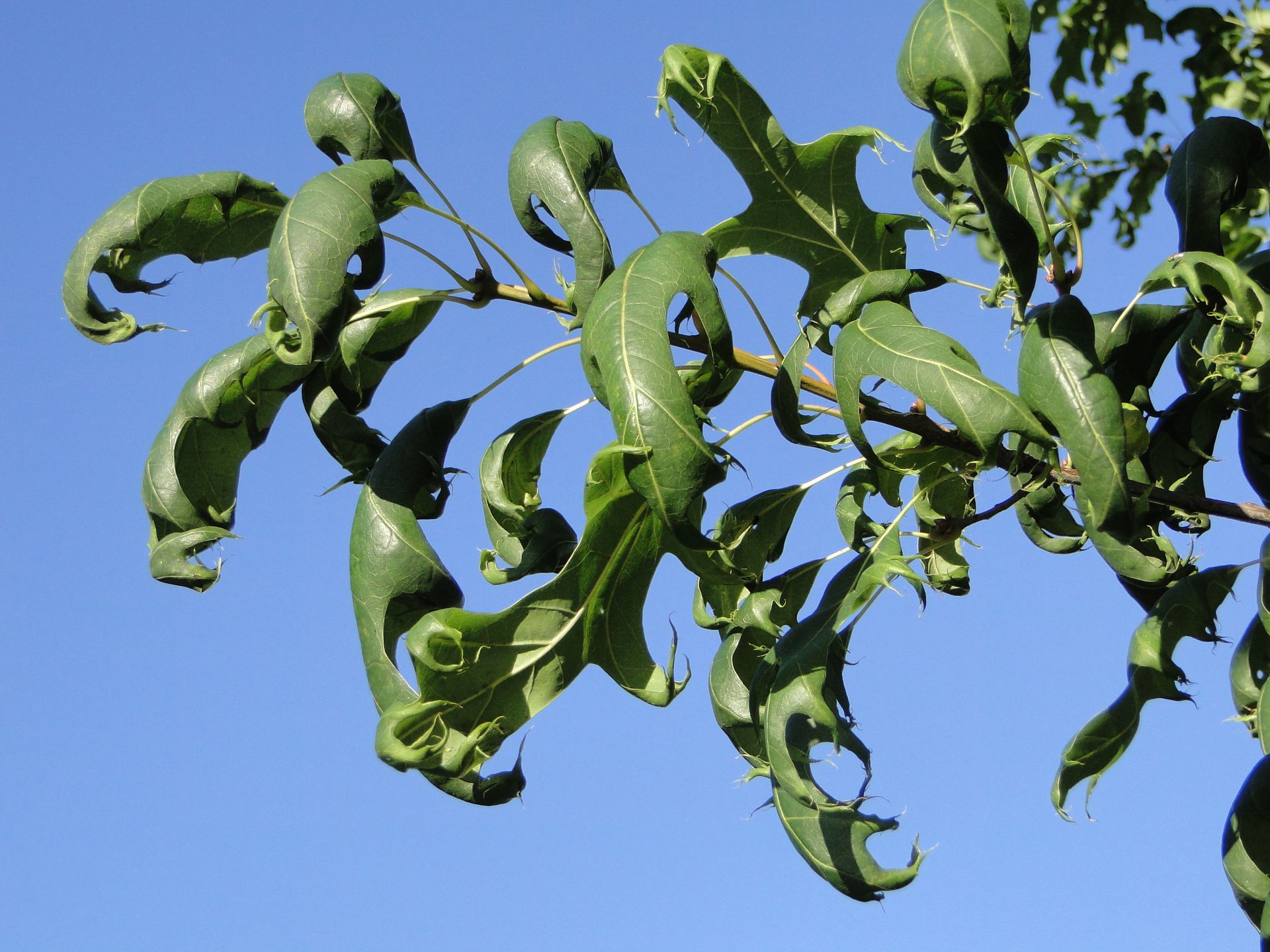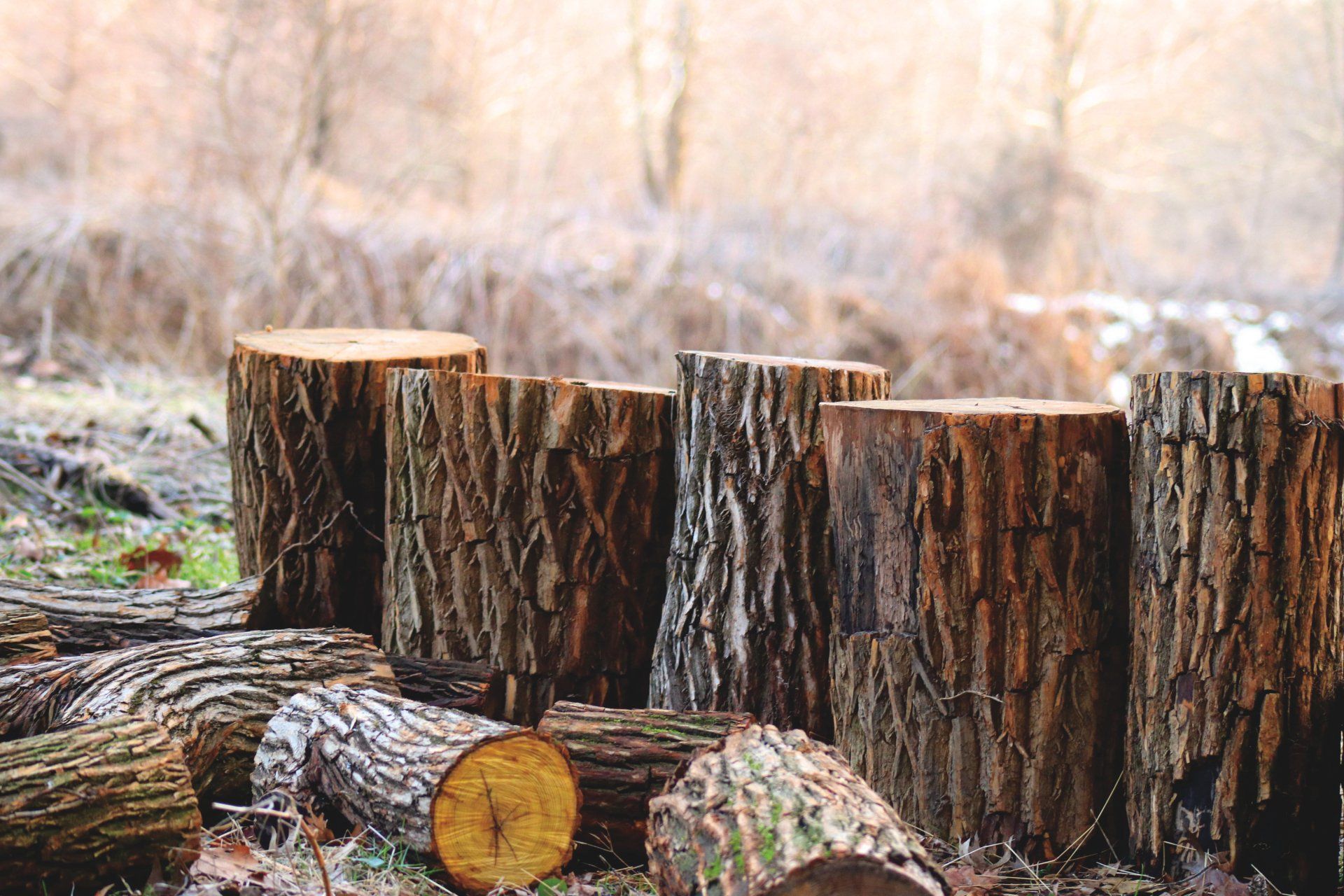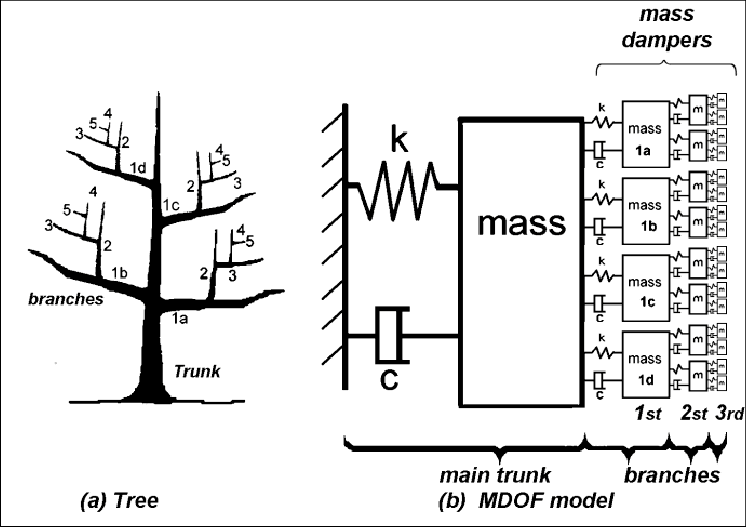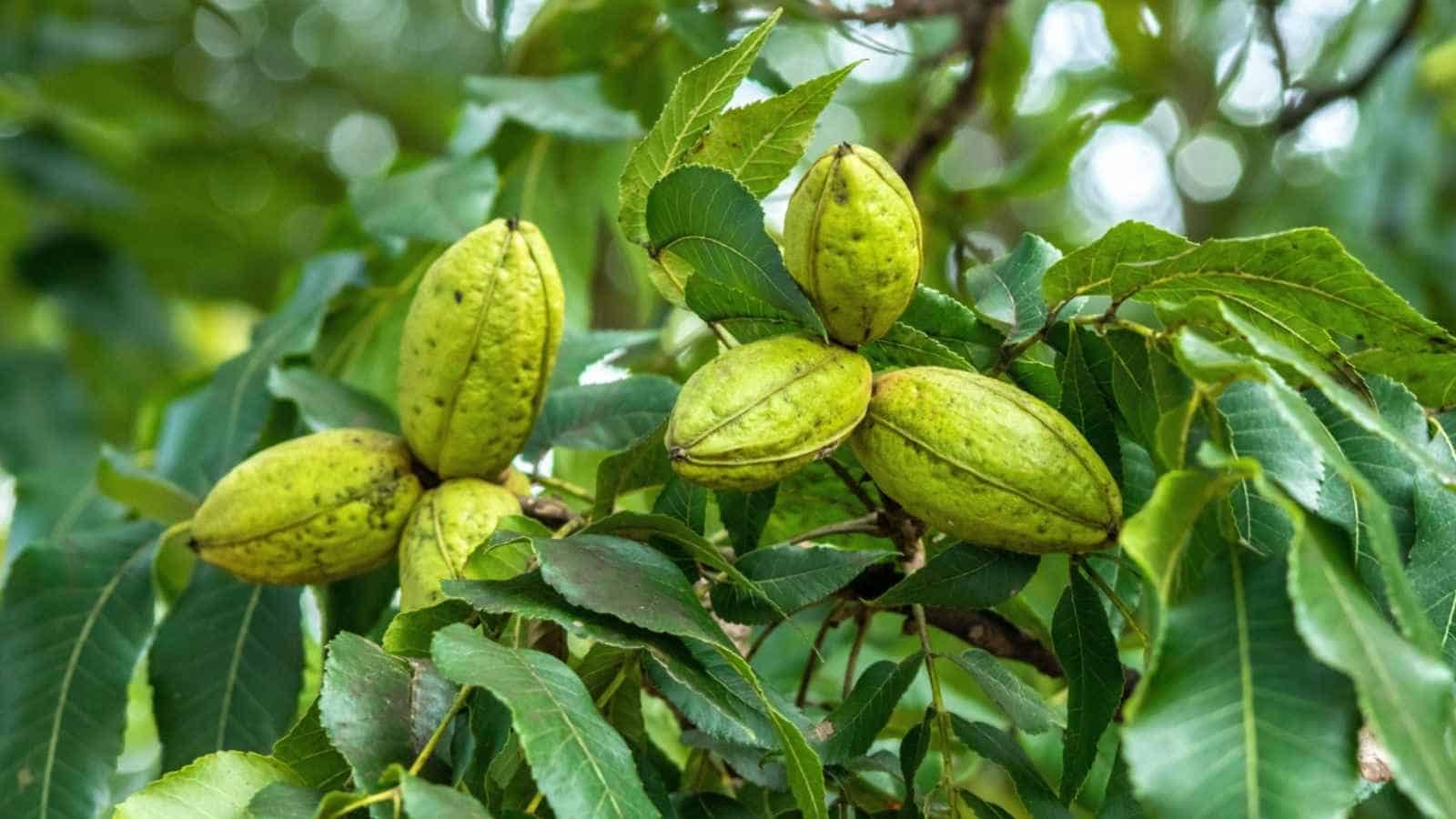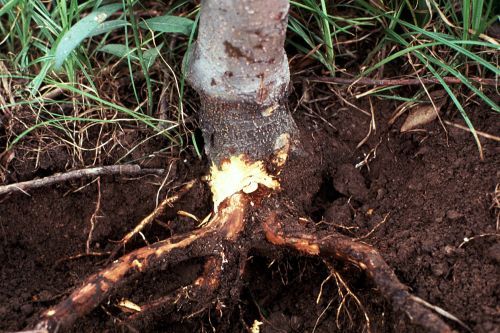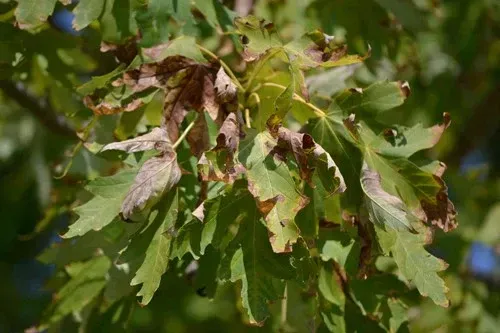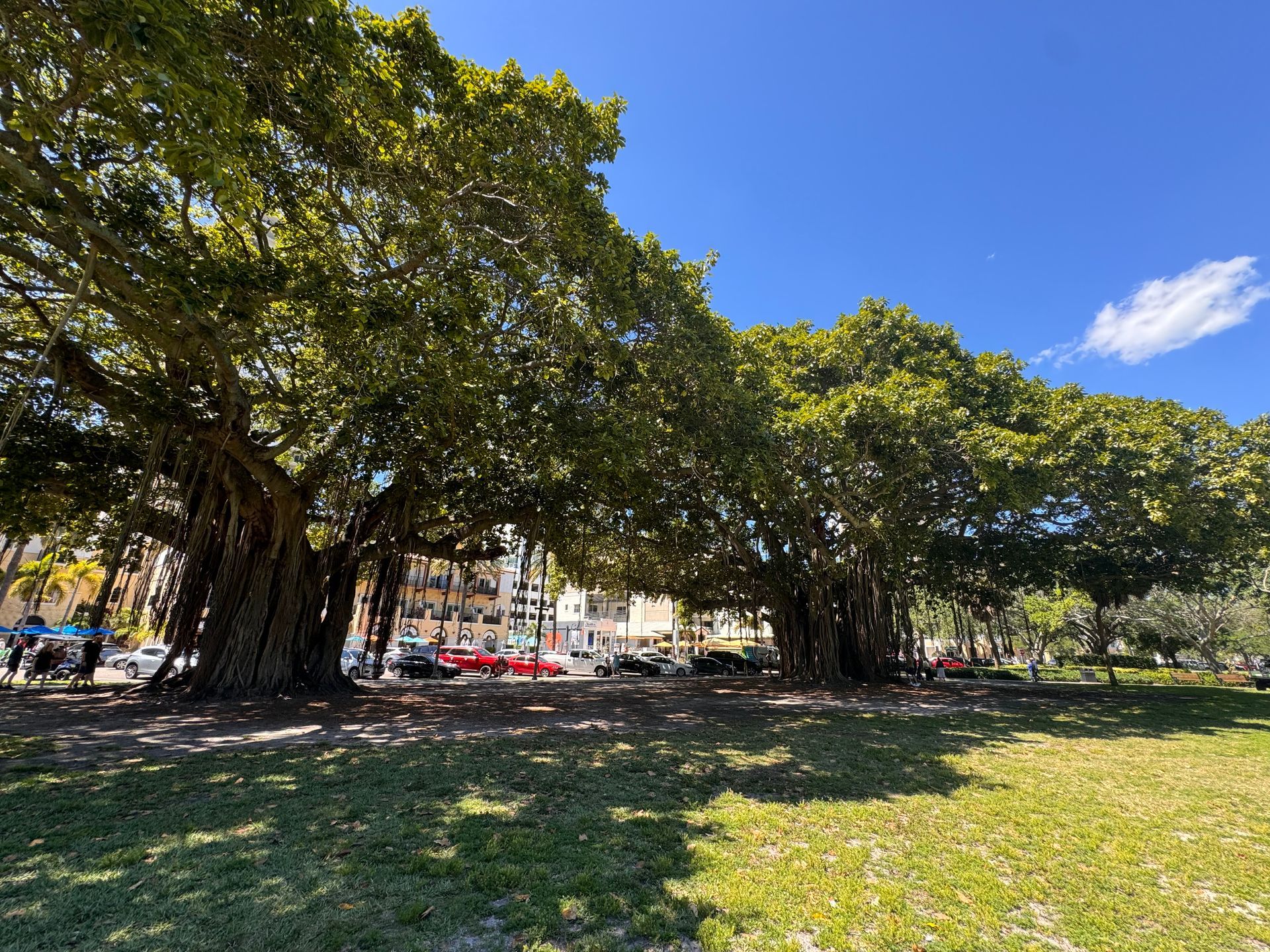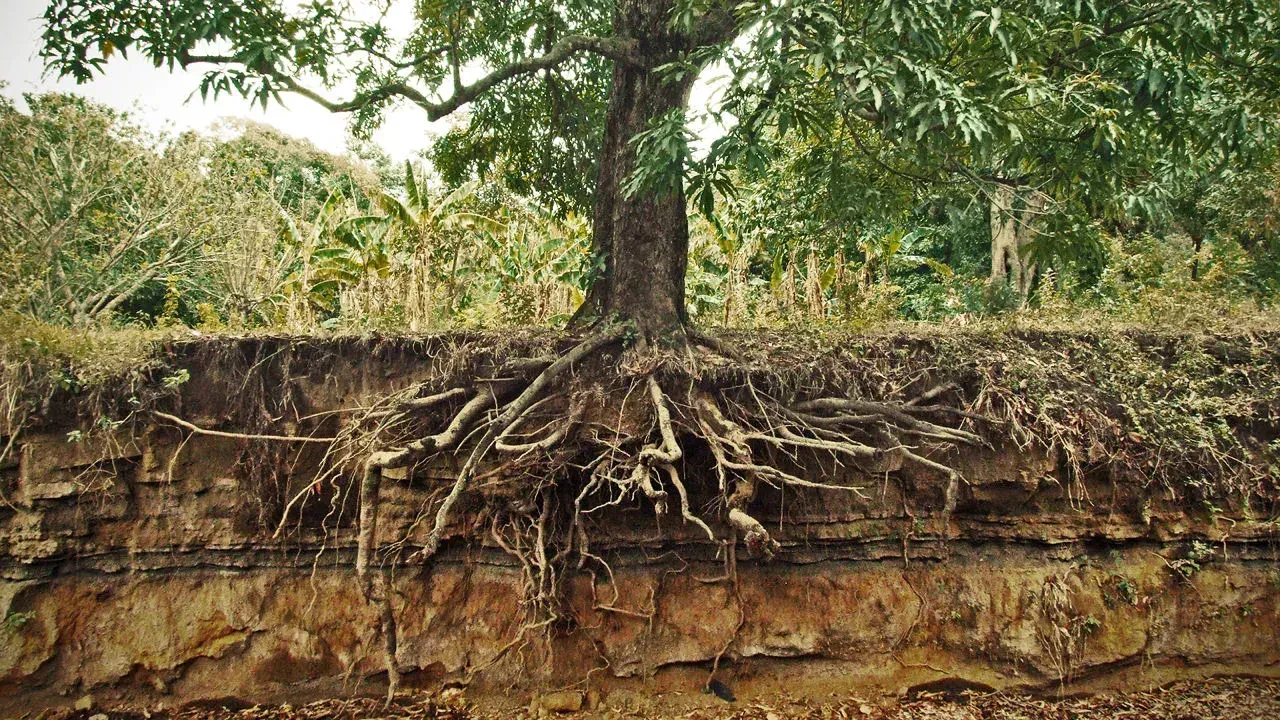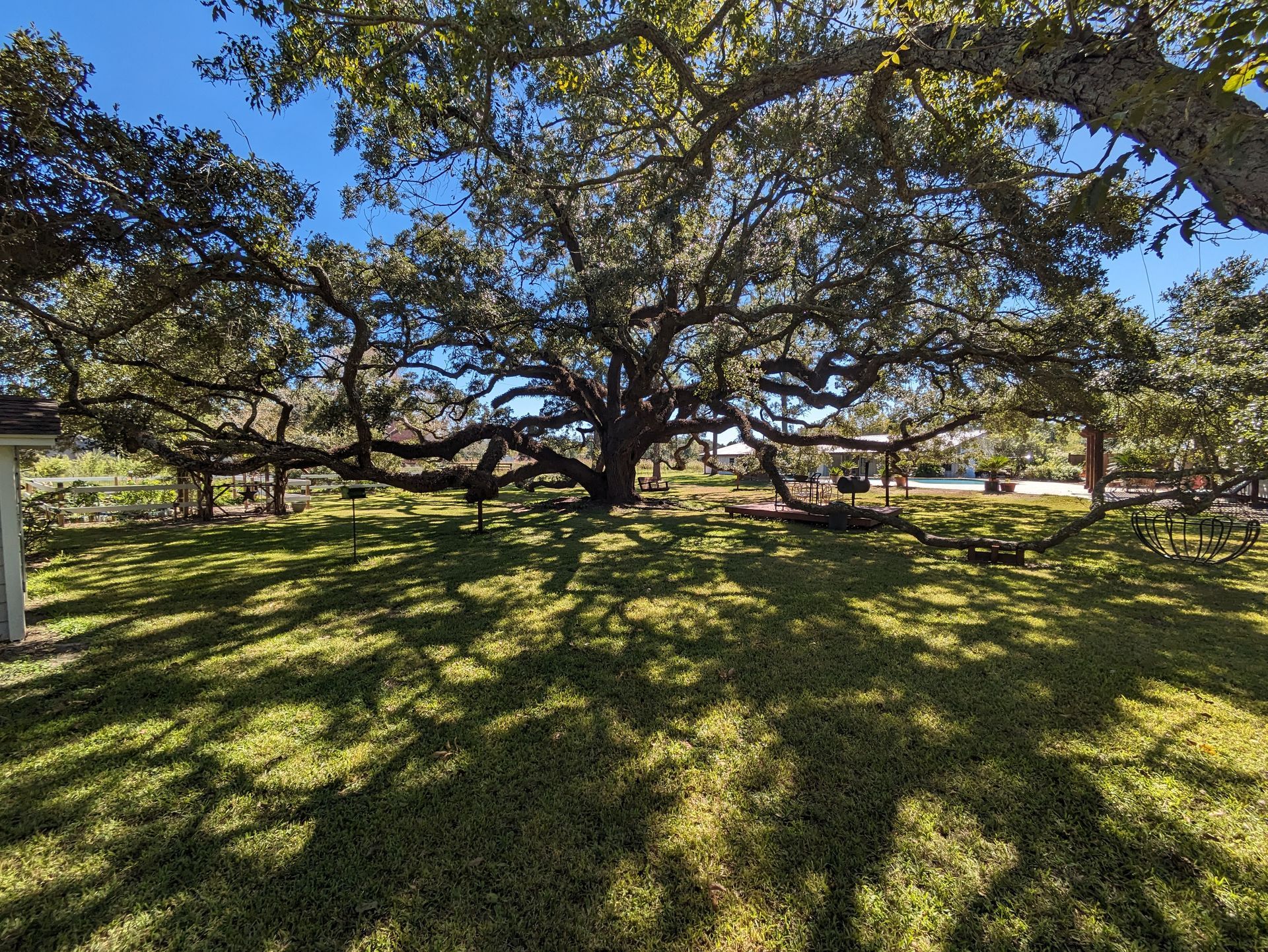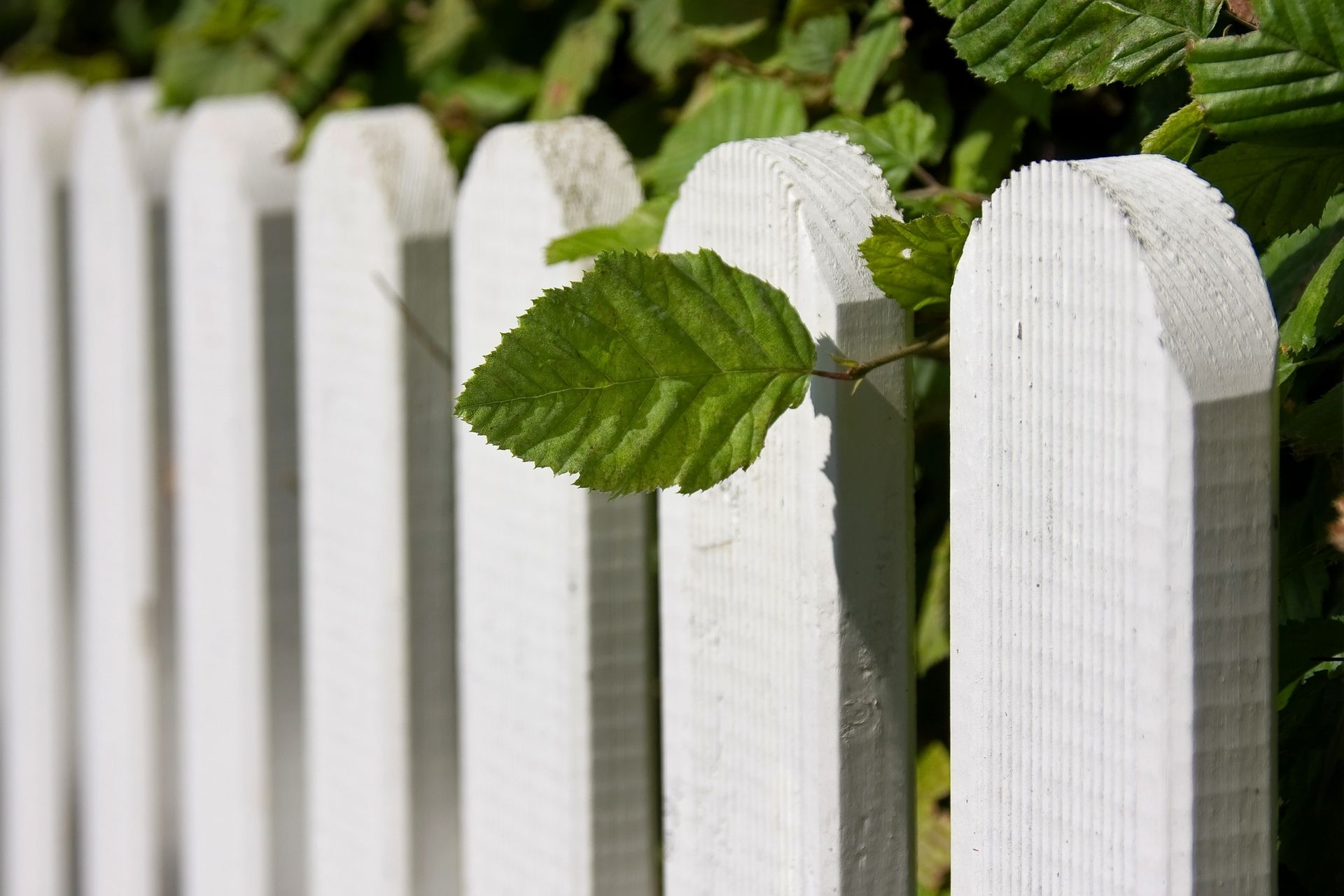Liriope’s Muse: Tree Care Tips from a Master Arborist
TRUSTED TREE CARE SERVICES SINCE 1970
Liriopes Muse: Understanding Tree Roots: How They Affect Your Yard and What You Need to Know About Managing Them
A common concern among our customers is the impact of tree roots on their yards, particularly regarding the health of their driveways and sidewalks and maintaining the overall aesthetic appeal. In this blog, we'll explore the reality of how roots interact with concrete and structures, as well as the crucial role a tree's root system plays and why it is so essential to the life of the tree.
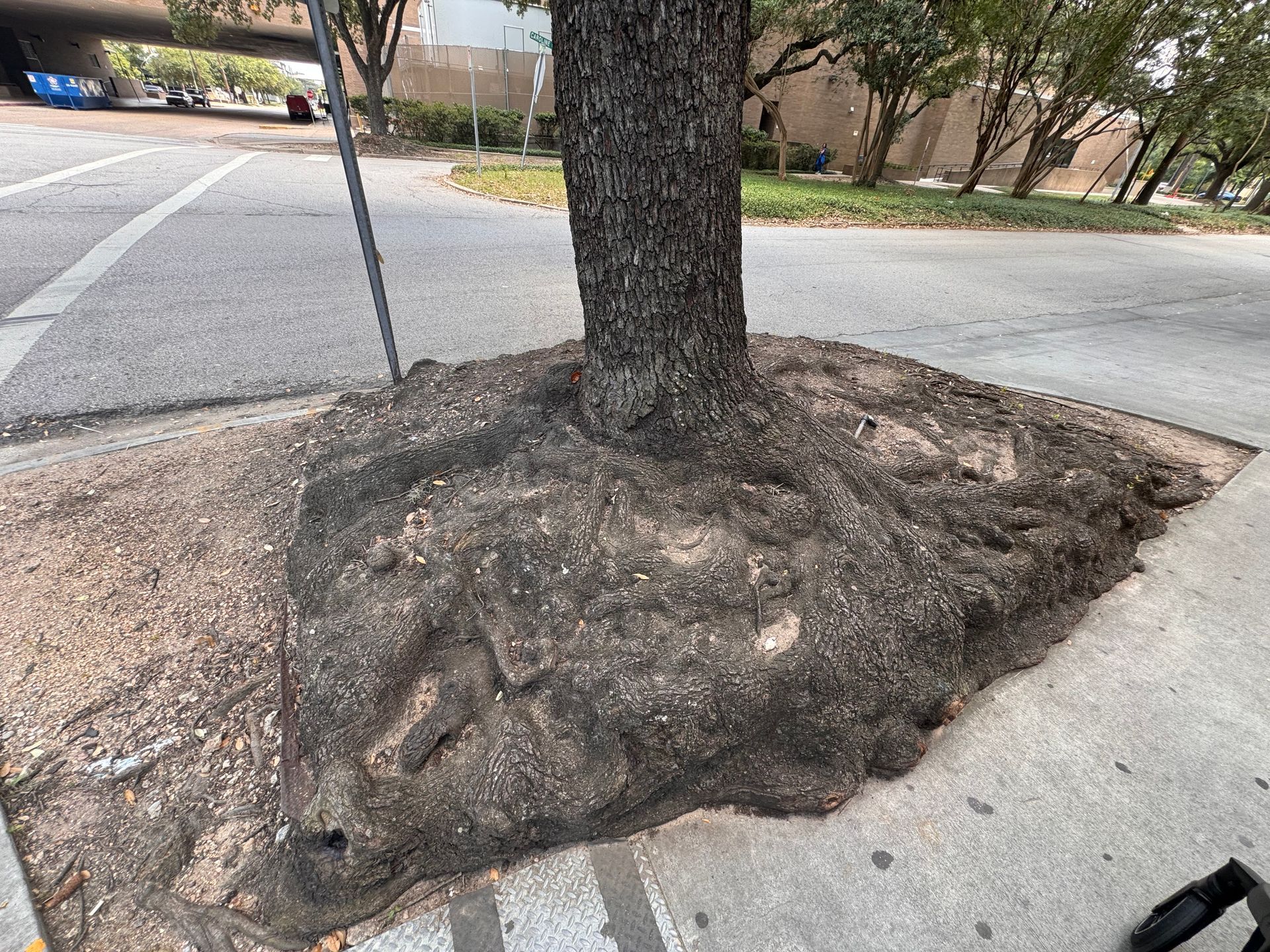
**This image shows a tree's roots in relation to a side walk. It is symbiotic. Often in cities, you will see roots "spilling" over
the side of a sidewalk or street if the foundation is built soundly, but if they aren't you will notice the roots breaking through
and cracking the foundation.**
The root system of a tree is essential to its health and stability, serving as both its anchor and lifeline. Roots draw in water and vital nutrients from the soil, which are then distributed throughout the tree to support growth, foliage, and fruit production. They also store energy as carbohydrates, providing the tree with the necessary resources to endure periods of stress, such as drought or harsh weather. Furthermore, roots secure the tree in place, preventing it from toppling during storms. A robust root system is fundamental to the tree’s longevity, structural integrity, and overall ability to thrive in its environment.
Contrary to popular belief, tree roots don't inherently cause damage to concrete or structures on their own. Instead, they typically exacerbate pre-existing issues in the surrounding environment. For instance, when concrete is already cracked or weakened due to natural settling, weathering, or poor installation, tree roots can find their way into these existing faults as they search for moisture and nutrients. As the roots grow, they can widen these cracks or lift weakened sections, making the damage more noticeable. However, without an initial vulnerability in the concrete or structure, tree roots alone are unlikely to break through solid, intact materials. This means that proper construction techniques and regular maintenance of sidewalks, driveways, and foundations can significantly reduce the likelihood of root-related damage.
FAQ’s
Is it safe to remove my trees roots above ground, they are unsightly and posing a trip hazard?
While it may be tempting to remove exposed tree roots that are unsightly or pose a trip hazard, doing so can harm the tree. These above-ground roots are essential for the tree’s stability and health, as they help absorb water and nutrients while anchoring the tree. Cutting or removing them can stress the tree, making it more vulnerable to disease, pests, and even structural failure. Instead of removing the roots, consider alternative solutions like adding mulch to cover them or creating a pathway that reduces the trip hazard without damaging the roots. Consulting with a professional arborist can help you find the best approach.
I plan on doing construction in my yard, how can preserve my trees’ roots?
To preserve your trees’ roots during construction, it's essential to establish a protective zone around the tree, known as the tree protection zone (TPZ), which should extend at least to the tree's drip line. Limit any excavation or heavy machinery use within this area to prevent root damage. If construction near the TPZ is unavoidable, consult with an arborist to implement strategies like root pruning, using protective barriers, mulching the area to reduce soil compaction, and treating the tree(s) with a biostimulant. Proper planning and taking these precautions will help maintain your trees' health and stability during the construction process.
Why are my tree’s roots sticking up above the ground?
Tree roots can emerge above the ground for several reasons, often due to environmental factors or the tree’s natural growth patterns. In compacted or shallow soil, roots may rise to the surface in search of oxygen and water, which are less available deeper underground. Erosion or soil loss can also expose roots that were once buried. Additionally, some tree species naturally develop surface roots as they grow older. While exposed roots are generally not harmful to the tree, they can present challenges for lawn care and may require special attention to avoid damage or further exposure.
Liriope’s Muse - Expert Tree Care Tips
